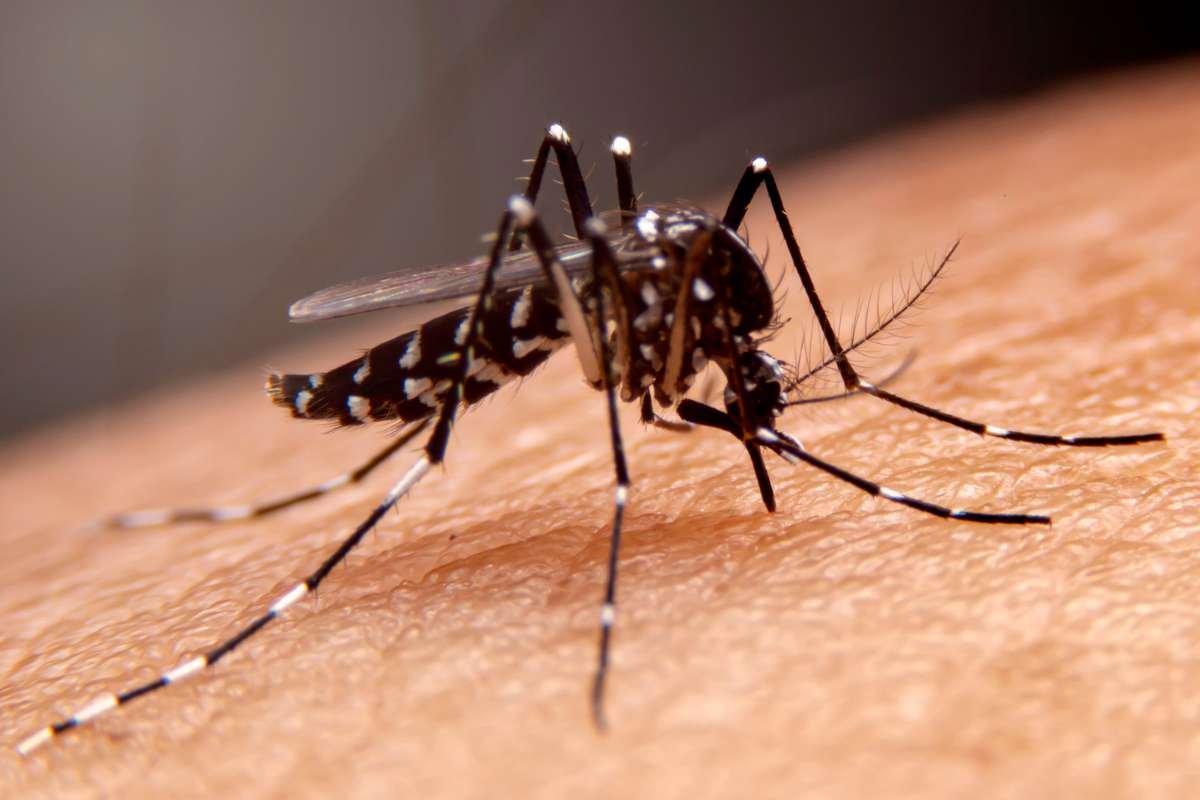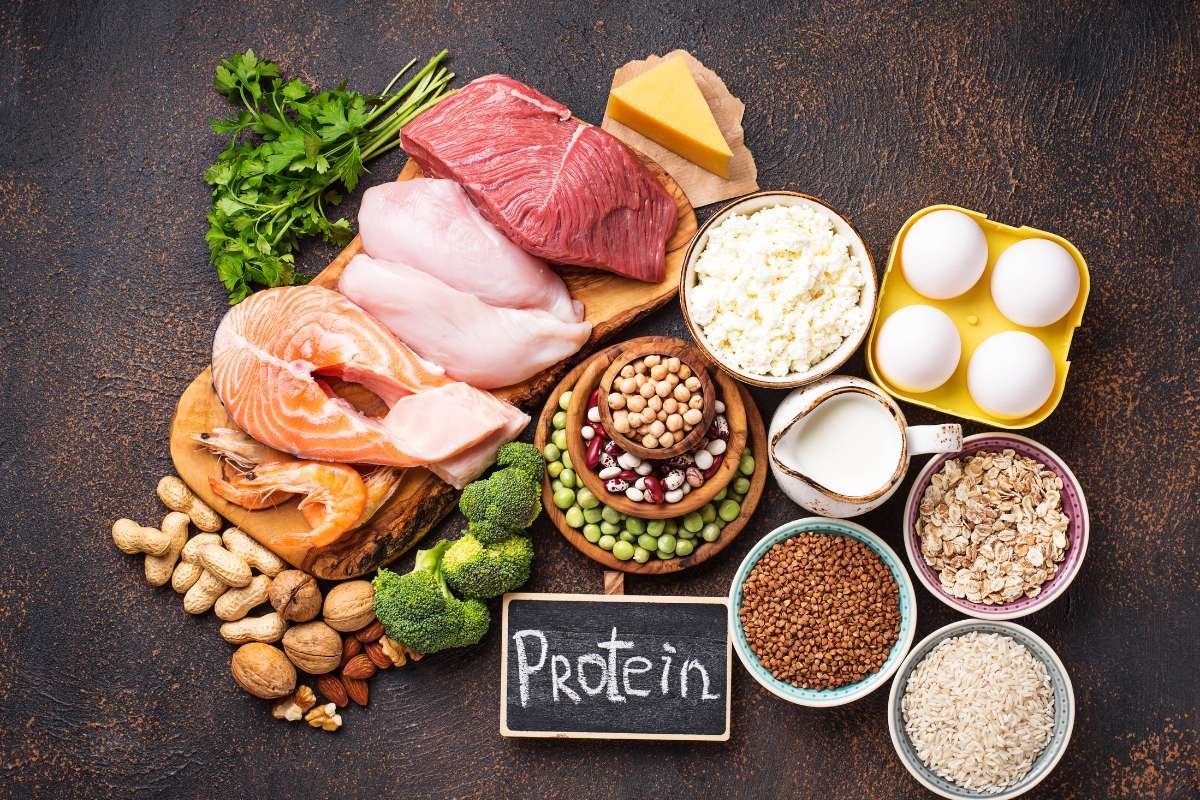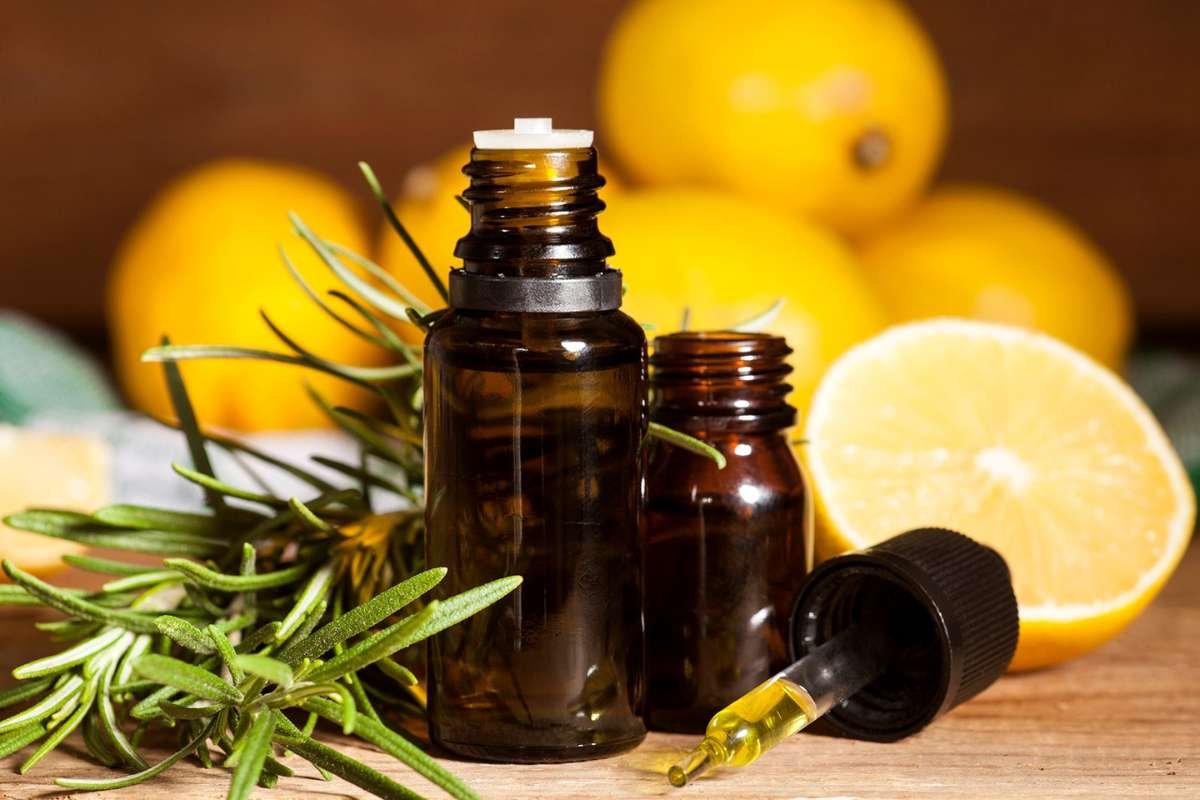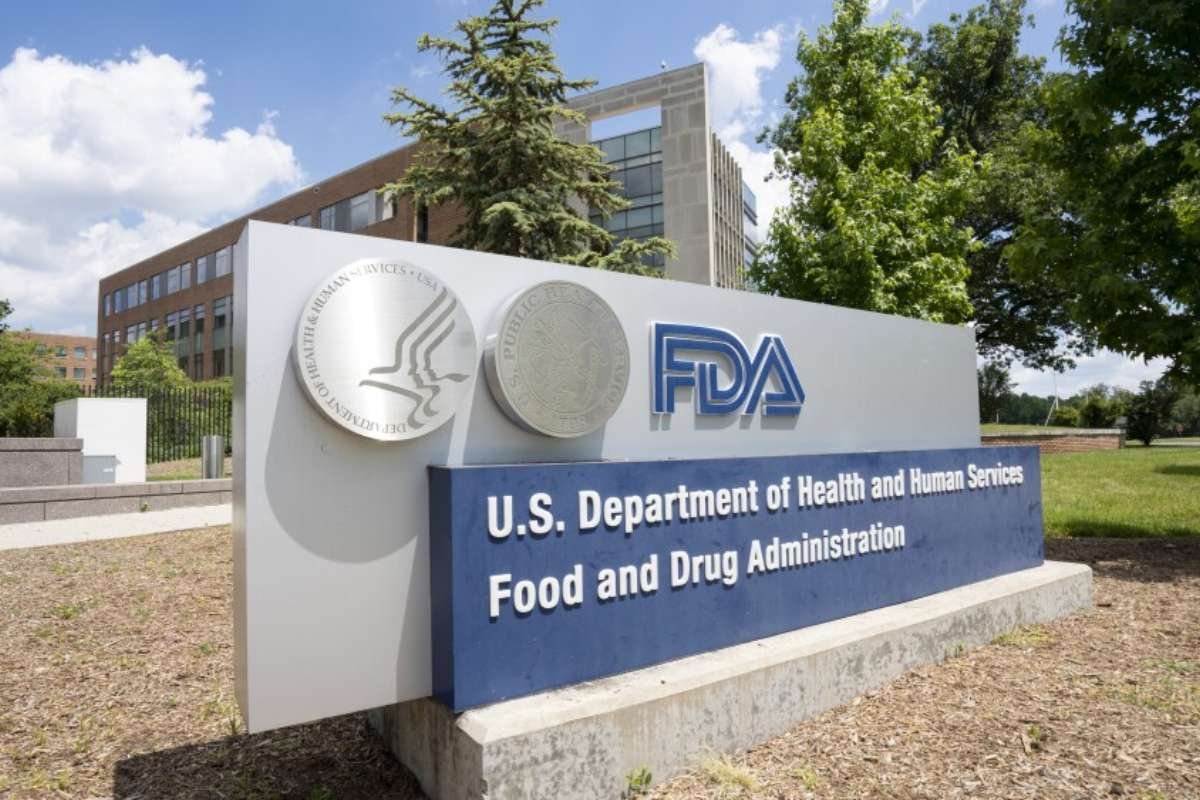The International Normalized Ratio (INR) is a key measure used to check how well blood clots, especially for people taking blood thinners like warfarin. Keeping INR within a safe range is important—if it’s too high, there’s a risk of excessive bleeding; if it’s too low, dangerous blood clots can form. But what happens when INR goes too far in either direction? What Is a Dangerous INR Level?, we’ll break down what’s considered a dangerous INR level, what causes these changes, the warning signs to watch for, and how to keep your INR in a safe range.
Understanding INR and Its Normal Range
INR is a standardized measure used to assess the time it takes for blood to clot. The normal INR range varies depending on individual health conditions. Generally:
- For healthy individuals: INR is typically around 1.0
- For people on blood thinners (e.g., warfarin): 2.0 to 3.0 is often recommended
- For those with mechanical heart valves or other high-risk conditions: 2.5 to 3.5 may be advised
Any deviation from these ranges could signal a problem. But exactly what is a dangerous INR level?
What Is a Dangerous INR Level?
A dangerous INR level is one that significantly increases the risk of either excessive bleeding (if too high) or clot formation (if too low).
- INR below 2.0: This suggests blood is clotting too quickly, raising the risk of life-threatening conditions like deep vein thrombosis (DVT), pulmonary embolism (PE), or stroke.
- INR above 4.0: Blood becomes too thin, increasing the likelihood of uncontrollable bleeding, internal hemorrhages, or brain bleeds.
- INR above 5.0: This is considered severely dangerous, requiring immediate medical attention. Patients with such high INR levels may need reversal agents like vitamin K or plasma transfusions to prevent excessive bleeding.
Causes of Dangerous INR Levels
Several factors can disrupt INR levels, leading to dangerous consequences. Common causes include:
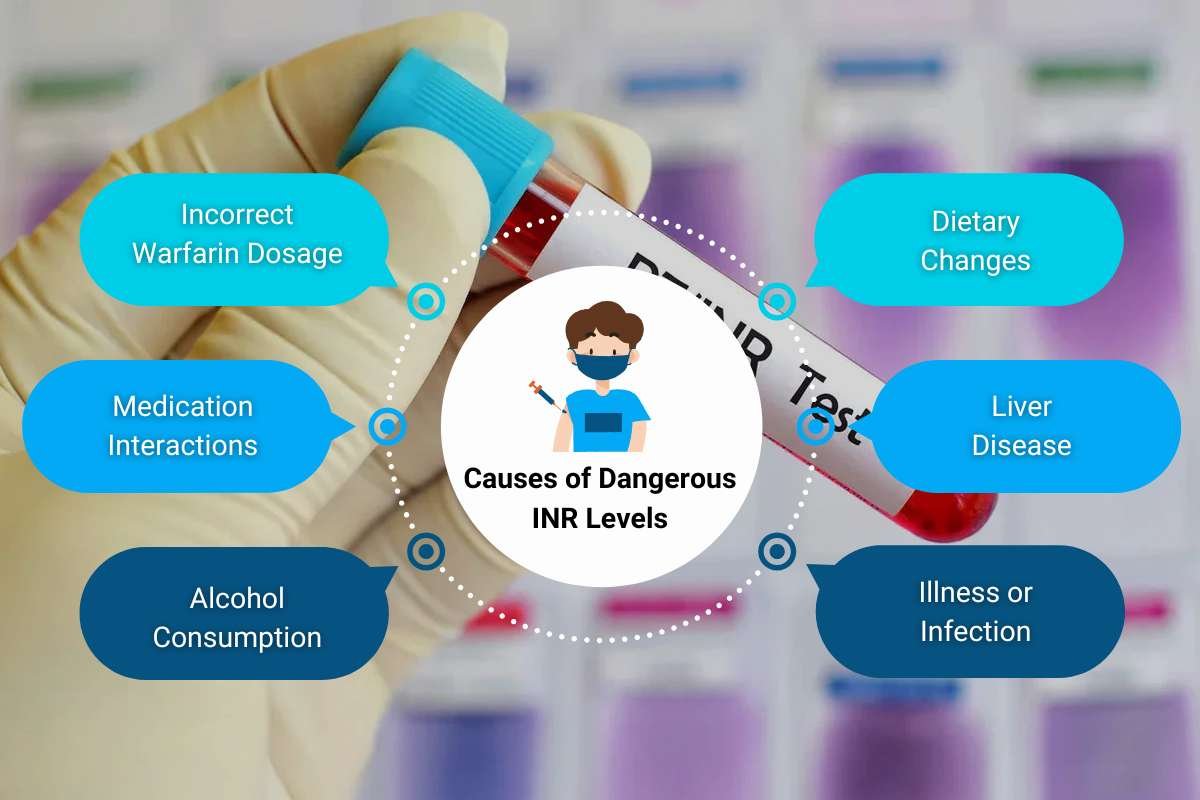
1. Incorrect Warfarin Dosage
Warfarin is a widely used blood thinner, but its effectiveness depends on proper dosing. Taking too much can push INR dangerously high while taking too little can lead to clot formation.
2. Dietary Changes
Vitamin K plays a vital role in blood clotting. Foods rich in vitamin K, such as leafy greens (spinach, kale, broccoli), can lower INR levels, while a deficiency in vitamin K can increase INR dangerously.
3. Medication Interactions
Certain medications, including antibiotics, antifungal drugs, and no steroidal anti-inflammatory drugs (NSAIDs), can affect INR levels. Some drugs may enhance the effects of blood thinners, causing INR to spike, while others may counteract them, leading to dangerously low INR.
4. Liver Disease
Since the liver produces clotting factors, liver dysfunction can cause fluctuations in INR levels, making it difficult to maintain a safe balance.
5. Alcohol Consumption
Excessive alcohol intake can increase INR levels, making blood too thin and heightening the risk of internal bleeding.
6. Illness or Infection
Certain infections and illnesses can impact blood clotting, leading to sudden INR changes that may require medical intervention.
Symptoms of a Dangerous INR Level
Recognizing the signs of abnormal INR levels can be lifesaving. Here’s what to watch for:

Signs of High INR (Excessive Bleeding Risks)
- Unexplained bruising
- Frequent nosebleeds
- Bleeding gums
- Prolonged bleeding from minor cuts
- Blood in urine (pink or red) or stool (black or tarry)
- Severe headaches (possible brain hemorrhage)
- Dizziness or fainting (due to internal bleeding)
Signs of Low INR (Increased Clotting Risks)
- Swelling and pain in the legs (DVT warning sign)
- Sudden shortness of breath (possible pulmonary embolism)
- Chest pain or pressure (heart attack risk)
- Sudden weakness or numbness (stroke warning sign)
If you experience any of these symptoms, it is crucial to seek immediate medical help.
How to Prevent Dangerous INR Levels
Now that we understand what a dangerous INR level is, it’s essential to focus on prevention. Here are key ways to maintain a safe INR range:
1. Regular INR Monitoring
Patients taking anticoagulants should have frequent INR tests to ensure their levels remain within the recommended range. Your doctor may adjust your warfarin dose accordingly.
2. Follow a Consistent Diet
To prevent INR fluctuations, maintain a steady intake of vitamin K-rich foods rather than making sudden dietary changes.
3. Medication Awareness
Always inform your doctor about any new medications, supplements, or herbal remedies, as they can interact with blood thinners and impact INR levels.
4. Limit Alcohol Intake
Excess alcohol can significantly increase INR levels, leading to dangerous bleeding episodes. Moderation is key.
5. Recognize Early Warning Signs
Being aware of what is a dangerous INR level and its symptoms allows for quick action before complications arise.
6. Stay Hydrated and Healthy

Dehydration and infections can impact INR. Drink plenty of water and seek medical care for infections promptly.
When to Seek Medical Help?
Seek emergency medical attention if:
- Your INR is above 5.0 (high risk of internal bleeding)
- You experience severe bleeding that won’t stop
- You have symptoms of a stroke, heart attack, or pulmonary embolism
Conclusion
It’s important to understand what a dangerous INR level is, especially for people taking blood thinners or those at risk of clotting problems. What is a dangerous INR level? If your INR level is too high, it can lead to uncontrolled bleeding. On the other hand, if it’s too low, you may be at higher risk of dangerous blood clots. Regularly checking your INR, eating a balanced diet, and being cautious about medication interactions can help prevent these risks.
If you think your INR is too high or too low, don’t wait—get medical help right away to avoid serious health issues.


